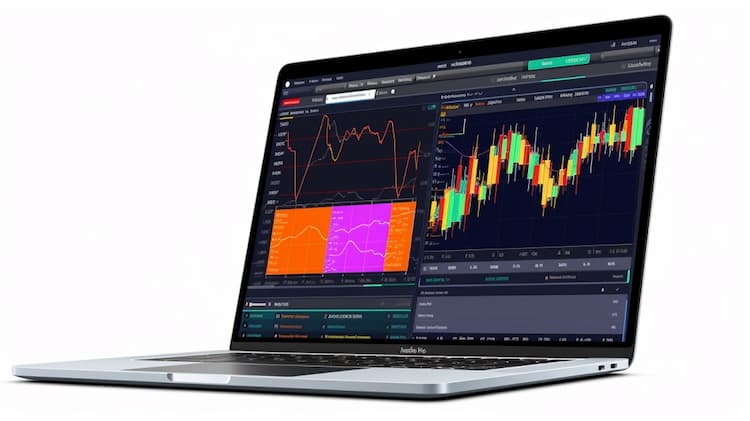PJP ISSUER
The Invesco Dynamic Pharmaceuticals ETF (PJP) is managed by Invesco Capital Management LLC. PJP is designed to provide investors with exposure to the pharmaceutical industry in the United States. The fund primarily invests in common stocks of U.S. pharmaceutical companies, focusing on those engaged in research, development, manufacture, sale, or distribution of pharmaceuticals and drugs. As of June 30, 2023, the fund's underlying index consisted of 22 constituents, with market capitalizations ranging from $1 billion to $445 billion. In seeking to track the underlying index, PJP employs a full replication methodology, investing in all securities in proportion to their weightings in the index. It's important to note that PJP is non-diversified and may concentrate its investments in certain industries, with a significant exposure to the pharmaceuticals and biotechnology sectors as of April 30, 2023.
PJP DIVIDEND
The Invesco Dynamic Pharmaceuticals ETF (PJP) primarily focuses on tracking the performance of the pharmaceutical industry, making it an attractive option for investors seeking exposure to this sector. While dividend distribution may not be the primary objective of this ETF, it reflects the dividend policies and performances of the pharmaceutical companies within its underlying index. Dividends are typically distributed in accordance with the individual dividend policies of the constituent companies, and investors should expect these distributions to occur on a periodic basis, providing potential income alongside exposure to the pharmaceutical sector.
PJP TRACKING
The PJP ETF, known as the Invesco Dynamic Pharmaceuticals ETF, primarily focuses on tracking the performance of the U.S. pharmaceutical industry. The fund aims to replicate the ICE Data Indices, LLC's Underlying Index, which is composed of common stocks of U.S. pharmaceutical companies. These companies are involved in various aspects of pharmaceutical research, development, manufacturing, and distribution, spanning across the pharmaceutical industry segments, including Big Pharmaceutical, Specialty Pharmaceutical, and Generic Pharmaceutical. As of June 30, 2023, the Underlying Index consisted of 22 constituents with market capitalizations ranging from $1 billion to $445 billion. The PJP ETF employs a full replication methodology to closely align with the Underlying Index, making it an attractive choice for investors seeking exposure to the U.S. pharmaceutical sector. Please note that the fund is non-diversified and may have significant concentration in pharmaceuticals and biotechnology industries, as of April 30, 2023.
PJP CORRELATION
The correlation aspect of the Invesco Dynamic Pharmaceuticals ETF (PJP) is predominantly influenced by its underlying index, composed of common stocks of U.S. pharmaceutical companies. Given its focused exposure to the pharmaceutical sector, PJP exhibits a strong correlation with the performance of pharmaceutical stocks in the U.S. market. Investors interested in pharmaceutical industry trends and seeking targeted exposure to this sector often consider PJP's correlation with broader market indices and pharmaceutical peers for strategic investment decisions.
PJP SECTOR
The Invesco Dynamic Pharmaceuticals ETF (PJP) primarily invests in the pharmaceuticals and biotechnology industries, with a focus on U.S. pharmaceutical companies. This ETF is composed of common stocks of pharmaceutical companies engaged in various segments of the industry, including big pharmaceuticals, specialty pharmaceuticals, and generic pharmaceuticals. As of June 30, 2023, PJP had 22 constituents with market capitalizations ranging from $1 billion to $445 billion. PJP follows a full replication methodology, seeking to track the Underlying Index by investing in all securities in proportion to their weightings in the index. Investors considering PJP should be aware that the fund may concentrate its investments in specific industry sectors, particularly pharmaceuticals and biotechnology, which can affect its risk profile and performance.
PJP EXPOSURE
The Invesco Dynamic Pharmaceuticals ETF (PJP) focuses on providing exposure to the pharmaceutical industry in the United States. With a portfolio comprised of common stocks of U.S. pharmaceutical companies, PJP offers investors the opportunity to participate in companies engaged in the research, development, manufacture, sale, or distribution of various pharmaceuticals and drugs. This ETF provides market exposure to segments such as Big Pharmaceutical, Specialty Pharmaceutical, and Generic Pharmaceutical, allowing investors to access a diverse range of companies within the pharmaceutical sector.



